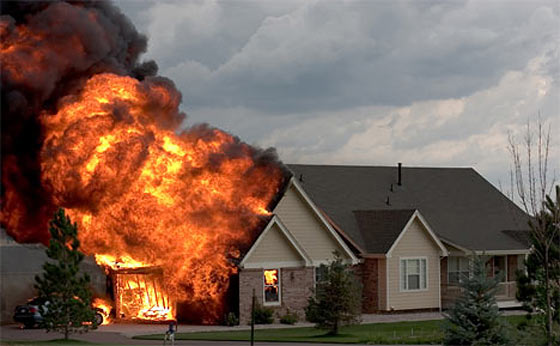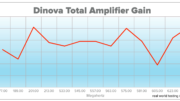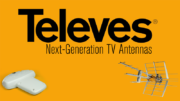It’s actually not a bad question. It comes from our live chat system, where customers can get instant answers from our technicians. Did you know Solid Signal has live chat? If you see the LIVE CHAT icon on the right of the search bar at SolidSignal.com, that means operators are ready to help. We get all sorts in the chat room, and sometimes the questions are a little far in left field. But our operators are there during business hours and answer every question they can.
Here’s a question we didn’t expect.
One of our customers asked if it was possible to rig up some sort of lens to focus more signal on an antenna. While it sounds like a weird idea, it really isn’t, because that’s actually what a lot of antennas do.
Of course a real lens would be a big problem. As any kid who ever had a magnifying glass knows, lenses focus light and heat and have the potential to create fires. That could be… wellllllll…. bad.

Here’s a better idea
The antenna at the top of the article is our deep-fringe Xtreme Signal HDB91X. The secret that it carries is that the actual antenna isn’t very big at all. In fact it’s only about 15″ wide by 4″ tall, so small that it’s hard to even see in that picture. What’s all the other stuff then? Well, it’s kind of a lens. More importantly, it’s a lens that won’t light your house on fire.
The large diagonal things at the back are called “reflectors,” and they bounce the signal down toward the front edge of the antenna. From there, the x-shaped elements act as “wave guides,” meaning that they focus all that signal toward the back again, where it all hits the actual antenna element. The effect is that more signal gets focused onto a single point, which, if you think about it, is just what a lens does.
Satellite dish reflectors

Another sort of antenna that acts like a lens is a parabolic dish, like the one you see above. The actual receiving part of the dish is housed at the end of that arm that sticks out, and all the signal that hits the back dishy part (again, called a “reflector,” gets focused on a much smaller point. The effect is very much like having a lens there.
The reason that these reflectors don’t look like lenses is that they don’t work with visible light. Instead, they are working with much larger waves. The larger the wave, the simpler the reflector needs to be in order for it to work. Just using simple horizontal bars works very well for UHF signals, which are several inches long.
And of course, here’s the best part of setups like these. They focus radio broadcast waves but don’t focus light or infrared. Using this sort of reflector means there is practically no chance of accidentally starting a fire while using them. That’s a relief to everyone who uses them, of course.
Get the antenna you need
If you’re looking for a TV antenna, shop the great selection at Solid Signal. If you’re not sure which antenna is best for you, fill out this form and a real technician will review your case. They’ll send back a list of all the parts you’ll need!





